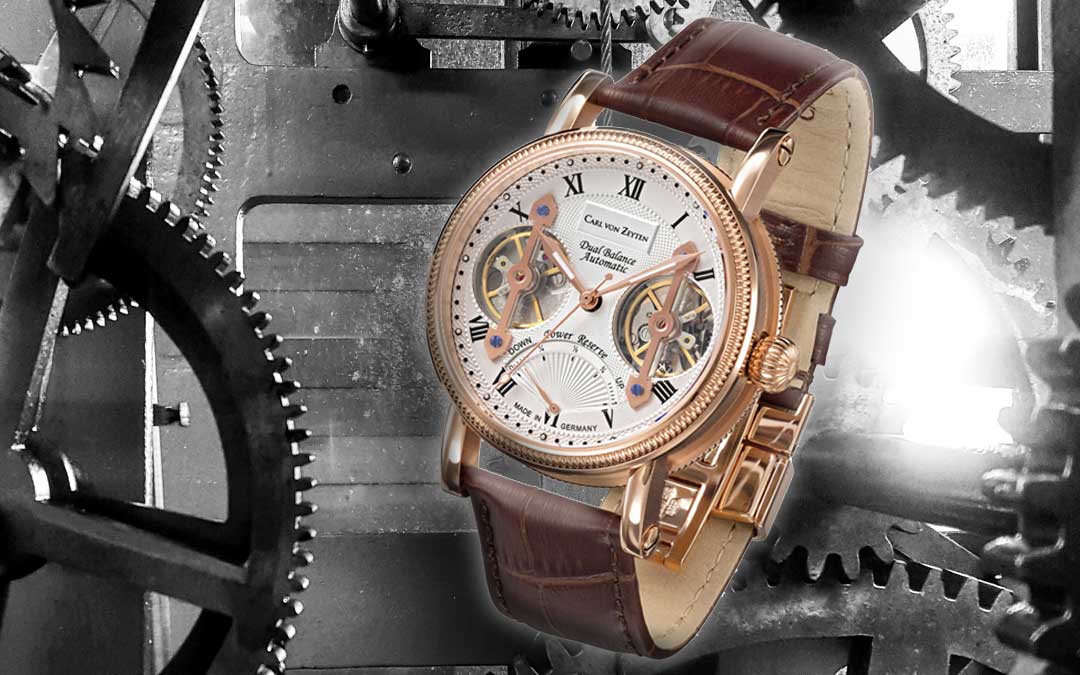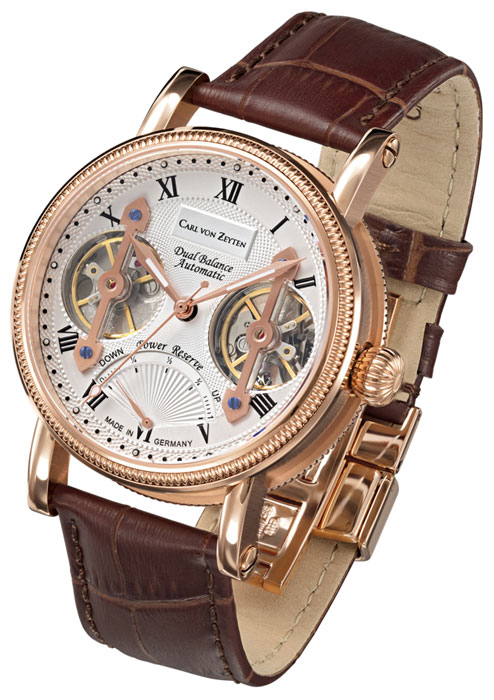Watch of the Week – Carl von Zeyten CvZ0024RWH
Automatic Watches with an Open Balance Wheel
Open Balance Wheel
The balance wheel is an oscillation system that is commonly used in mechanical clockworks. The oscillation system acts as a regulator for watches, especially when it comes to wristwatches or pocket watches, but also for alarm clocks and wall clocks.
To use the balance wheel with a coil spring was an idea by Jean de Hautefeuille and was developed by Christiaan Huygens. In 1675 he was granted a French patent.
The oscillation system is made of the balance wheel and the spiral (with a balance spring stud and a spiral coil). It can be made of steel, spring steel, phosphorus bronze, or brass and particularly with special alloy, which have to be as non-magnetic as possible (due to the influence on outer magnetic fields).
Having an open balance wheel means that the clock-face will have round openings, through which the balance wheel can be seen. This looks high-quality and is also really pleasing to the eye.
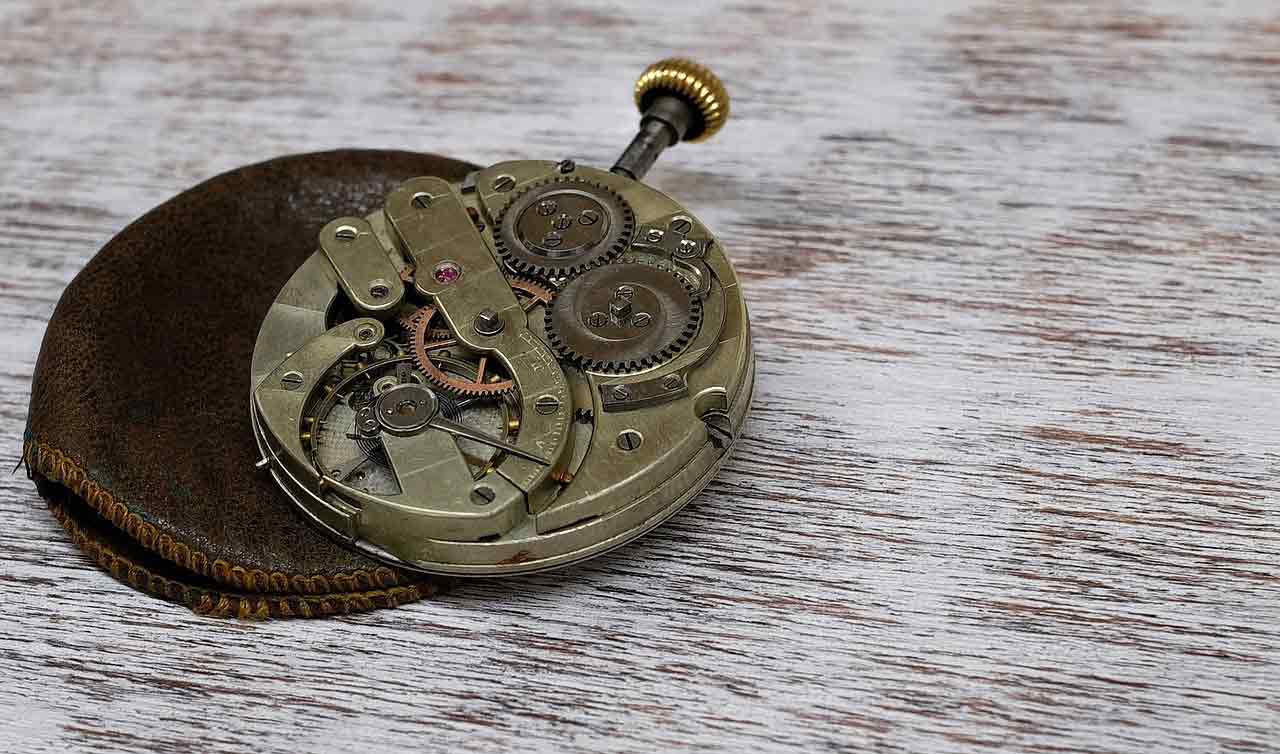
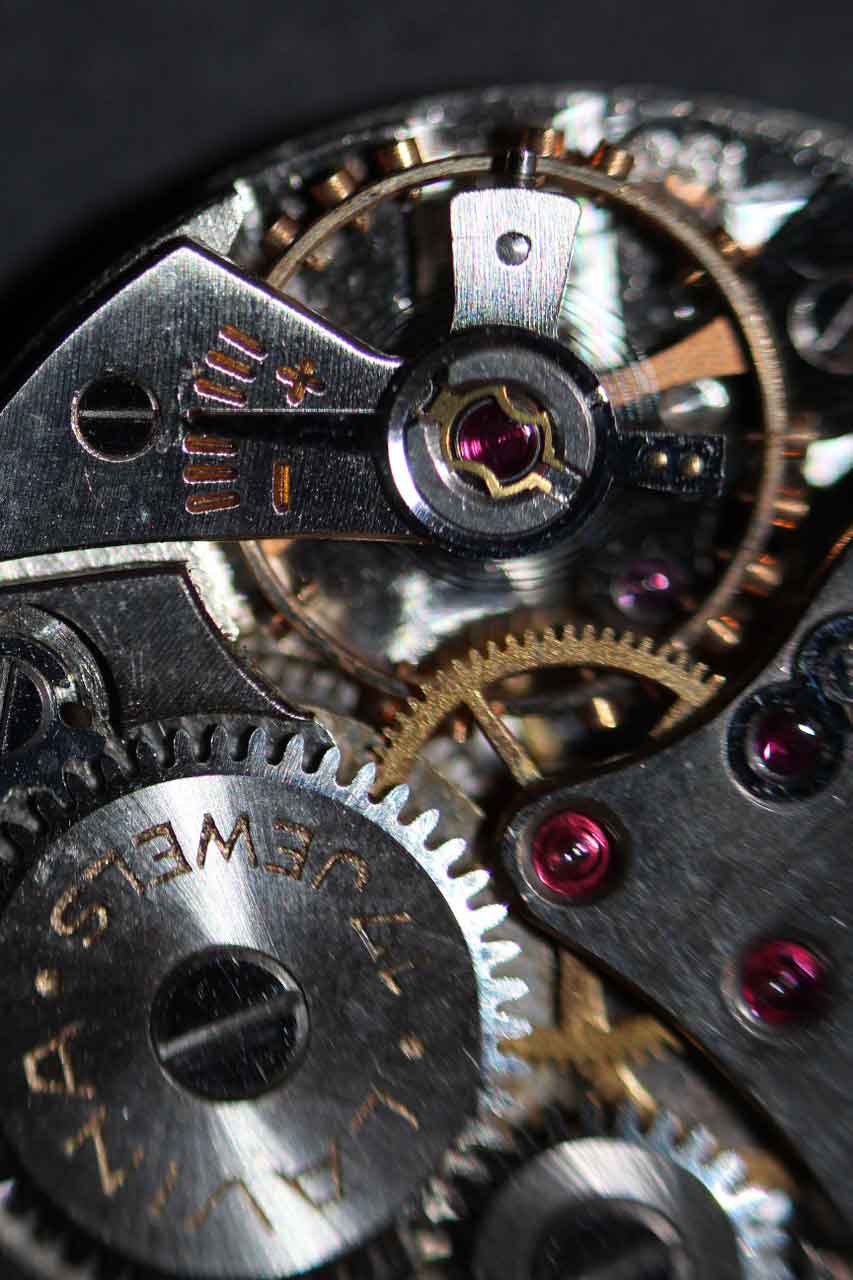
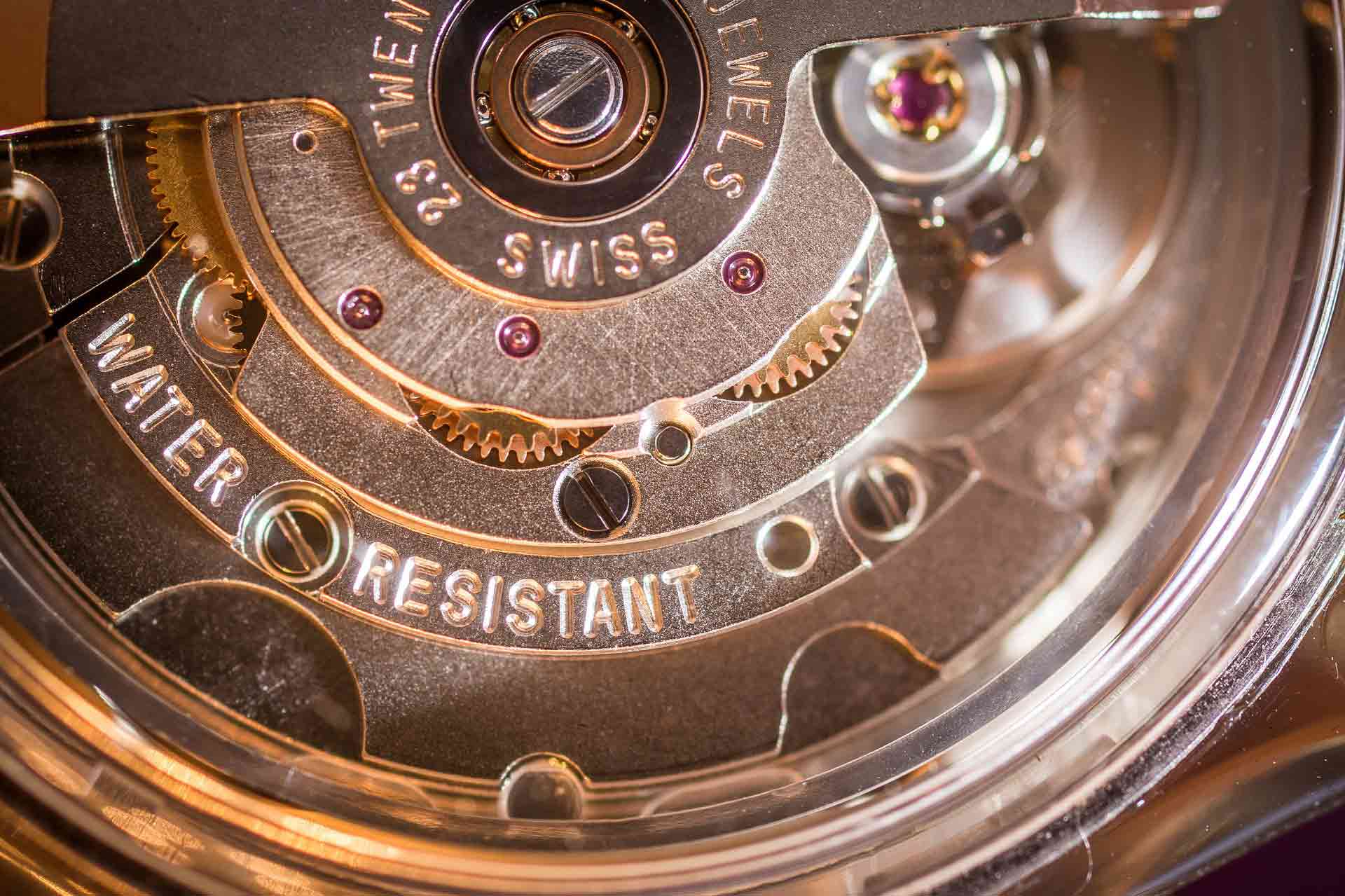
Automatic Watch
An automatic watch is also called a mechanical wristwatch, in which the spring is wound up in small steps through a small rotor, which is activated by the wearer’s arm movements. Earlier models of automatic watches often came with a bumper automatic instead of a rotor.
More expensive automatic pocket watches have been around since 1770, but had a hard time to break through, due to the easy manual wind via the crown. In 1922, the French company Leroy developed the first wristwatch with an automatic mechanism, which was powered by a bumper automatic, but it was not distributed. The inventor of the automatic watch is John Harwood, a British watchmaker from the Isle of Man. He had been shaping his idea since 1914 and requested a Swiss patent on October 16, 1923, which he received on September 1, 1924. The Rolex Oyster Perpetual (1931) is known as the first functioning automatic wristwatch with a one-sided rotor that could be wound up. The invention of the automatic wind up with a rotor and the changer for pocket watches is accredited to Abraham-Louis Perrelet in 1775.

